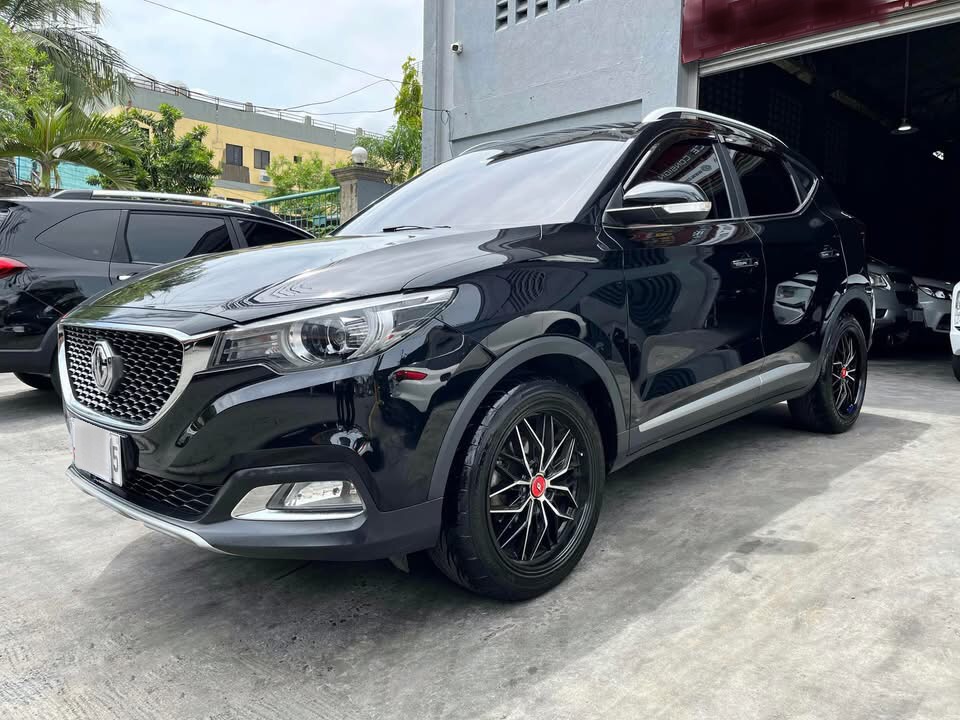Selling your car can be a straightforward process if you know the right steps to take. Whether you’re upgrading to a new vehicle or just need to sell your current one, understanding how to sell your car for the best price is crucial. This ultimate guide will walk you through the essential steps of selling your car, from assessing its value to completing the sale. Follow these expert tips to ensure a smooth, profitable transaction.
Understand Your Car’s Value: How to Get the Right Price
Before you start the selling process, it’s essential to understand the true value of your car. Pricing it correctly will help you attract potential buyers while ensuring you don’t leave money on the table.
To get an accurate car valuation, you can use popular online tools like Kelley Blue Book or Edmunds. These sites provide estimates based on your car’s make, model, year, mileage, and condition. Also, check local listings for similar cars to see how they are priced in your area.
Having a solid understanding of how much your car is worth is the first step in selling it for a fair price.
Gather All the Necessary Documents for Selling Your Car
Before putting your car up for sale, make sure you have all the necessary paperwork ready. This not only ensures a smooth transaction but also builds trust with potential buyers.
Key documents to have include:
- Car title: Prove that you own the car and can legally sell it.
- Registration: Show that the car is registered and legal to drive.
- Maintenance records: Buyers appreciate knowing the car has been well-maintained.
If you’ve lost the title, don’t panic—you can often apply for a duplicate title through your local Department of Motor Vehicles (DMV). Make sure your title transfer is complete to avoid issues down the line.
Prepare Your Car for Sale: Maximizing Its Appeal
A little effort in preparing your car can go a long way in making it more appealing to buyers. Cleaning, detailing, and fixing minor issues will enhance its overall value.
Here are some tips to get your car ready:
- Exterior and Interior Cleaning: A clean car shows potential buyers that it’s been well cared for. Wash and wax the exterior, and clean the interior, including seats and carpets.
- Minor Repairs: Fix small issues like broken lights, dents, or scratches. Replacing worn-out tires can also increase the car’s value.
- Document Upgrades: If you’ve made improvements or added new parts, make sure to provide receipts and details.
Preparing your car properly will ensure you get a higher price, especially when buyers see it in the best possible condition.
Decide Where to Sell Your Car: Private Sale vs. Trade-In vs. Dealership
When it comes to selling your car, you have several options. Let’s break down the three most common ones:
- Private Sale: Selling your car privately usually gets you the highest price. You have the flexibility to set your price and negotiate with buyers directly. However, it can take longer and may require more effort on your part.
- Trade-In: Trading your car in at a dealership is quick and hassle-free, but you might not get the best price. However, if you’re purchasing another car from the dealership, you can offset some of the cost.
- Dealership Sale: Some dealerships buy cars outright, especially if your car is a newer model. While this is an easy option, like a trade-in, the price may not be as high as selling privately.
Each option has its pros and cons, but selling privately typically gives you the best return. Weigh the time, effort, and convenience factors when deciding what works best for you.
Setting the Right Price: Avoid Overpricing or Underpricing Your Car
Pricing your car right is a delicate balance. Overpricing can drive potential buyers away, while underpricing may leave money on the table. To set the right price:
- Research: Compare similar vehicles in your area to see what similar cars are selling for.
- Consider Condition: If your car is in excellent condition, you can price it higher. For cars with issues, adjust the price accordingly.
- Be Willing to Negotiate: Buyers often expect to haggle, so price your car with a little wiggle room.
Remember, setting a fair price is key to attracting serious buyers and getting your car sold quickly.
Advertise Your Car: Where to List It for Maximum Exposure
To sell your car fast, advertising it in the right places is essential. Here are some of the best platforms to list your car for sale:
- Online Marketplaces: Websites like Craigslist, Autotrader, and Facebook Marketplace are popular platforms where buyers frequently search for cars.
- Social Media: Leverage your social media accounts to reach friends, family, and followers who might be interested or know someone who is.
- Local Classifieds: Don’t underestimate the power of traditional methods, such as local newspapers or community bulletin boards.
When creating your listing, make sure to:
- Use high-quality photos from multiple angles.
- Write a detailed and honest description of your car’s features, condition, and any special upgrades.
- Be transparent about any issues, as honesty builds trust.
Negotiate with Buyers: Tips for a Smooth Transaction
Negotiation is often a part of selling your car. Here are some tips to ensure you get the best deal while keeping the process smooth:
- Be Ready for Offers: Buyers may offer less than your asking price. Decide beforehand the lowest amount you’re willing to accept.
- Stay Calm and Professional: Even if a buyer is tough, keep the conversation respectful and professional.
- Know When to Walk Away: If the buyer isn’t offering what you want, be prepared to politely end the conversation.
Negotiating doesn’t have to be stressful, and it’s a great way to ensure you get the most out of your car sale.
Complete the Sale: Legal and Financial Aspects of Selling Your Car
Once you’ve found a buyer, it’s time to finalize the sale. Here’s what you need to do:
- Payment: Ensure you receive full payment before handing over the keys or title. Cash is usually best, but certified checks or bank transfers are also secure.
- Title Transfer: Visit your local DMV to transfer the title to the new owner. Be sure to provide a bill of sale if required.
- Release of Liability: Some states require you to submit a release of liability to confirm the car is no longer in your possession.
Following these steps ensures that the sale is legally binding and prevents future liability.
What to Do After the Sale: Ensuring Everything Is Wrapped Up
Once the sale is complete, there are a few final tasks to handle:
- Cancel Your Insurance: Notify your insurance company that the car has been sold, so you no longer need coverage.
- Remove Registration and Plates: In some states, you need to cancel your vehicle’s registration. Also, remove your license plates.
- Report the Sale: Some states require you to report the sale to the DMV.
Handling these final steps ensures you won’t be held responsible for the car once it’s sold.
Takeaway
Selling your car can be a rewarding experience if you approach it the right way. By following the steps in this guide—from assessing your car’s value to completing the sale—you’ll be able to sell your car with confidence and get the best possible price.
Whether you’re selling privately or opting for a dealership, making sure your car is priced right, advertised well, and presented in its best condition will ensure a smooth and profitable sale. Ready to get started? Put these tips into action, and watch your car-selling experience be a success!










